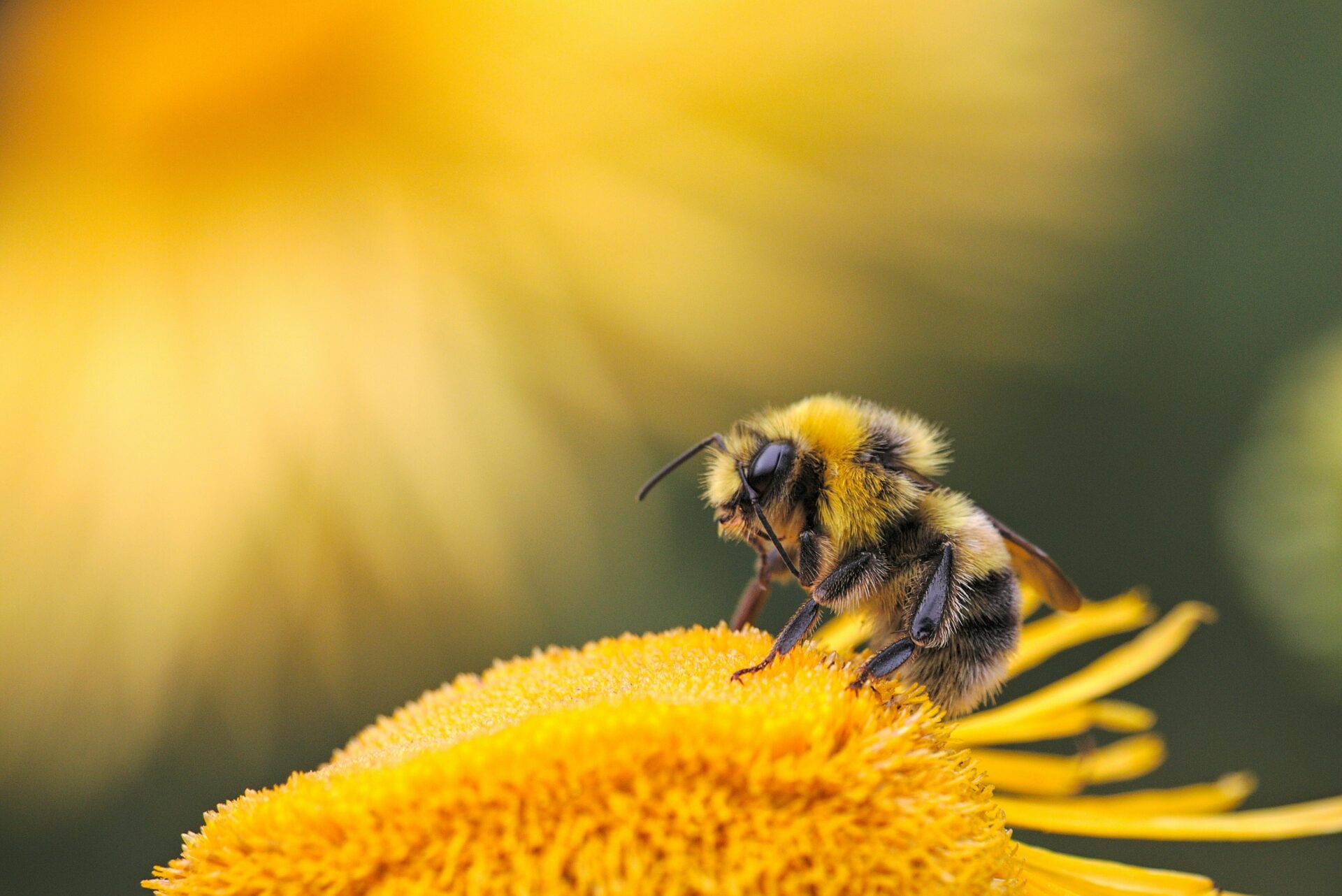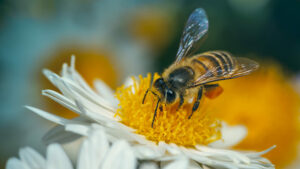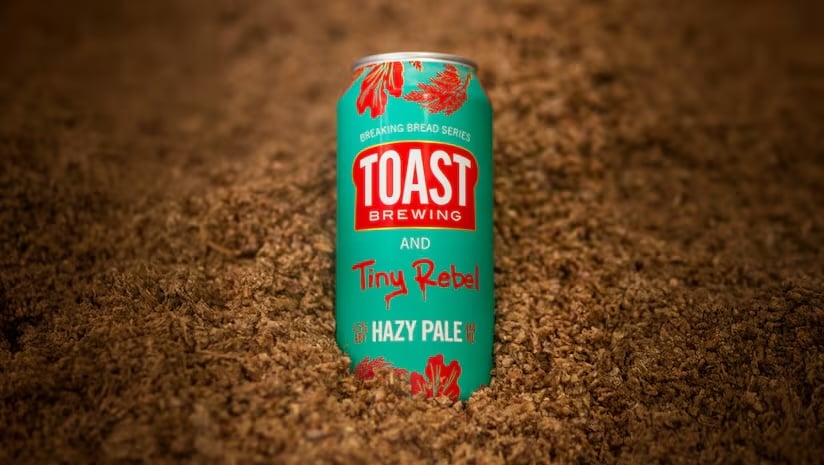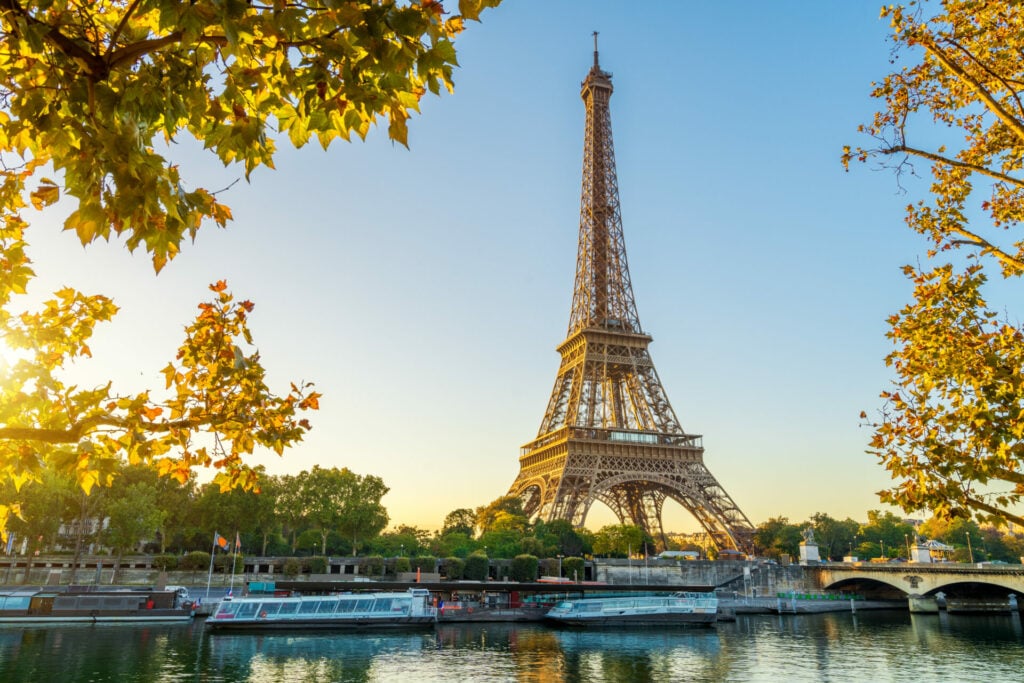The number of Europe’s wild bees at risk of extinction has more than doubled over the past decade.
The jeopardy was revealed by scientific studies for the International Union for Conservation of Nature (IUCN) red list of threatened species, which found that at least 172 wild bee species out of 1,928 were at risk of extinction across the continent.
Bee pollinators are essential for food production, ecosystem health, and economic stability, contributing to the pollination of approximately one-third of the crops consumed by humankind.
The number of butterflies threatened with extinction in Europe has also increased from 37 to 65 since the last study, conducted 14 years ago. One species, the Madeiran large white has now been declared extinct.
The climate crisis is a major threat with 52 per cent of all endangered butterflies imperilled by the warming planet – approximately twice as many as a decade ago.
‘Beyond their beauty and cultural significance, pollinators like bees and butterflies are lifelines for our health, our food systems and our economies – sustaining the fruits, vegetables and seeds that nourish us,’ said Grethel Aguilar, the IUCN director general.
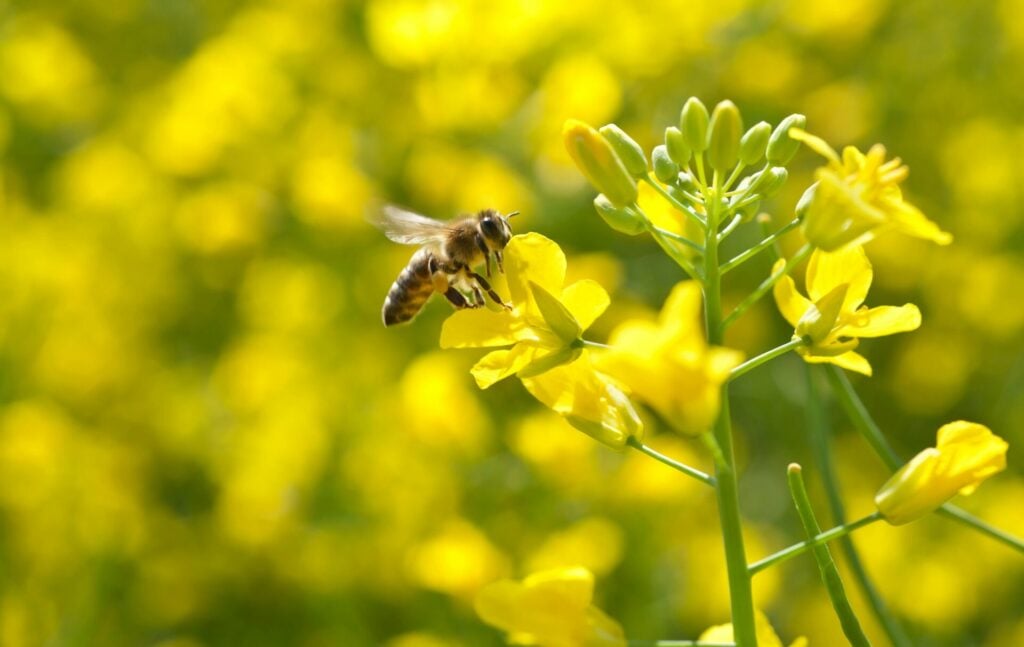
‘The latest European red list assessments reveal serious challenges, with threats mounting for butterflies and crucial wild bee species.’
Pushing Wild Bees to the Brink
Other causes of the rapid recent declines are the continuing destruction or damage of habitats caused by agricultural intensification and land abandonment, draining wetlands, overgrazing by livestock, and the use of harmful fertilisers and pesticides.
Also the fragmentation of pollinator-friendly habitat greatly increases the risk of local extinctions.
Up to 90 per cent of flowering plants in Europe depend on animal pollination, according to Dr Denis Michez, lead coordinator of the wild bee assessment.
‘Sadly, wild bee populations are in drastic decline and cannot be easily replaced by managed colonies,’ he said. ‘If wild bees disappear, many wild plants might be at risk too – of which flower-rich meadows and beautiful orchid species are just a few examples.’
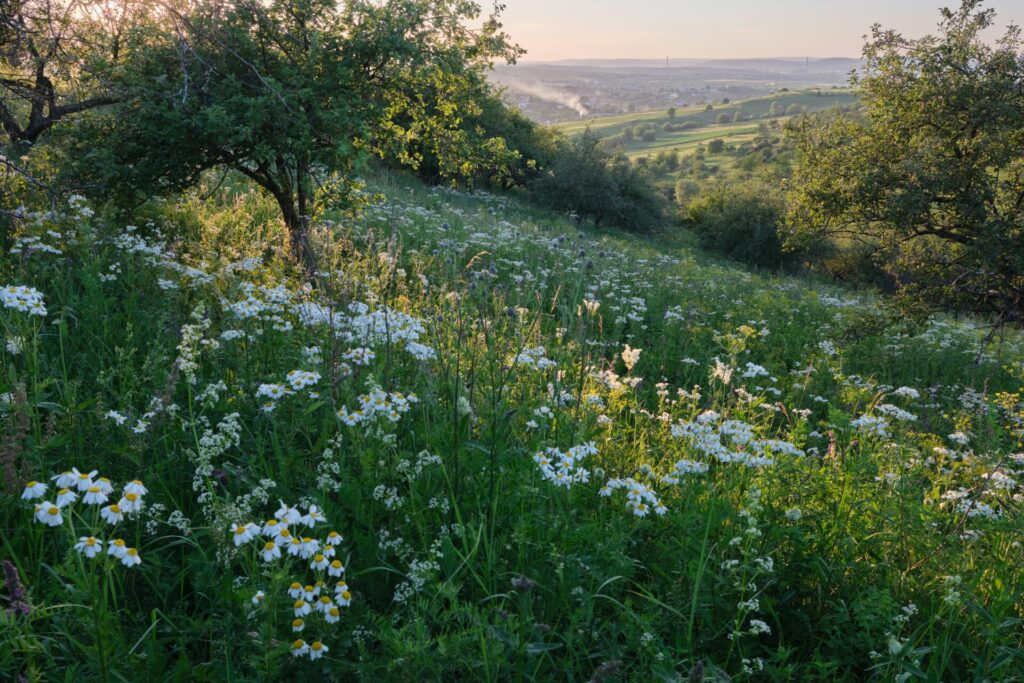
Fifteen species of bumblebee, which play a crucial role in pollinating peas, beans, peanuts and clover, and 14 species of cellophane bee, known for pollinating trees such as willows and red maples, are now classified as threatened.
Butterflies that are only found on mountain tops are particularly vulnerable to global heating as they need to move uphill as their habitats become warmer but eventually run out of space. In southern Spain, the Nevada grayling and the Andalusian anomalous blue are among more than 40 per cent of European endemics (only found in Europe) threatened with extinction.
‘The biggest habitat for all these pollinators is flower-rich grassland and that is disappearing very fast across Europe because of all these factors,’ said Martin Warren, a coordinator of the butterflies assessment.
‘The positive thing is that so many people care now and there’s a lot more awareness. Under the EU nature restoration legislation, all member states have to reverse the decline in pollinators by 2030, and they are going to have to start doing something. There are landowners who are interested. Let’s hope they can get the incentives that will help them on their way.’

